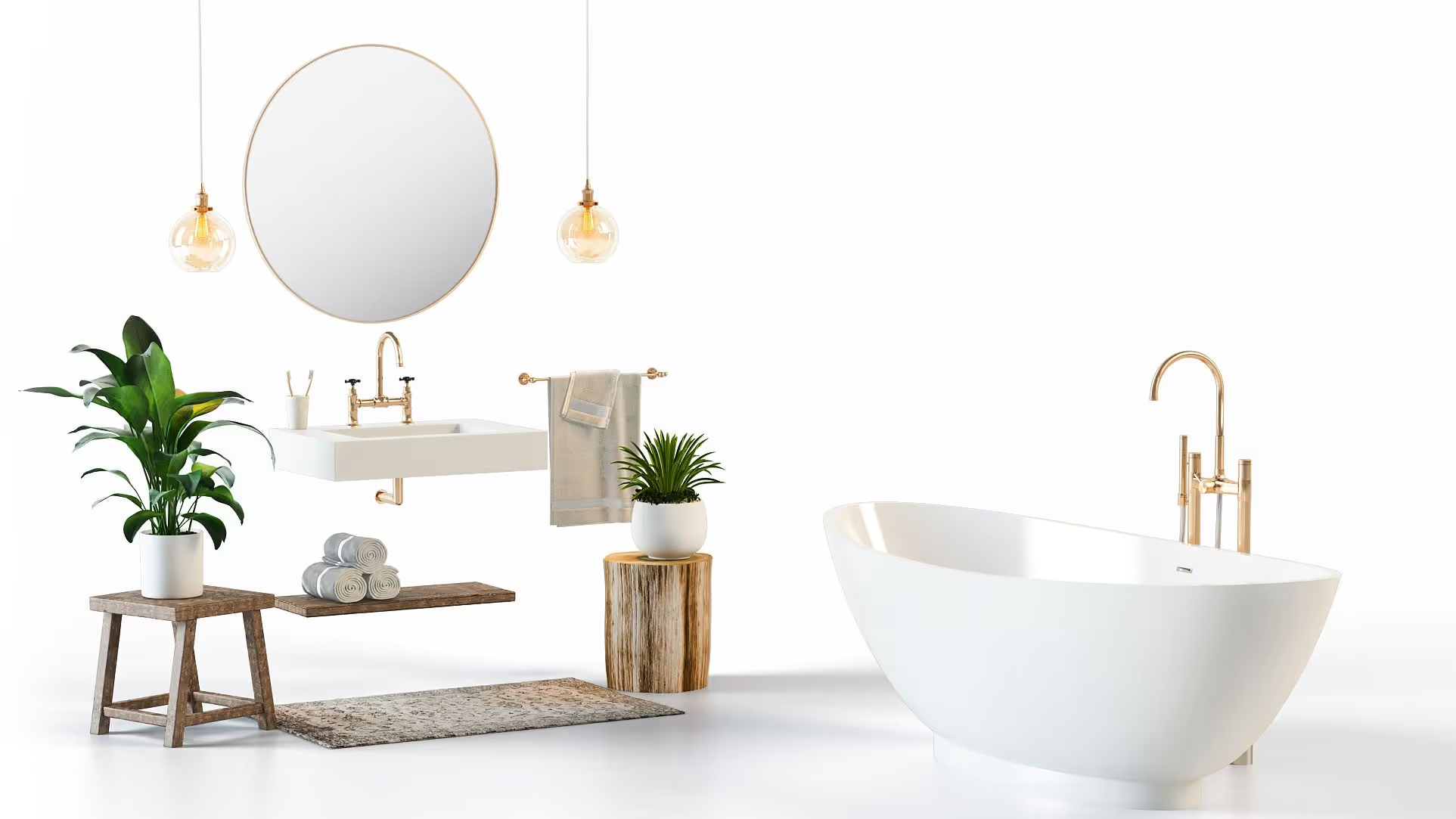For E-commerce promotion of goods, manufacturers and retailers need lots of visuals, including those with a white background for products. However, taking pictures of each product could be too time-consuming and expensive. After all, you need to order samples or prototypes, take all of them to the studio, and spend hours photographing them one by one.
Because such product photography on white background is a totally manual process, sometimes shots end up looking dissimilar due to different lighting and angles. As a result, listings with such pictures look amateurish and unattractive. Therefore, to get top-quality product images, you either invest a fair amount of money into professional photography or use CGI.
But is it really important to have white background images for your goods? Marketers from our 3D product rendering studio explain 5 reasons why they are essential for any e-commerce promo.
1. Why White Background Product Photography Works
White background imagery might look simple, but it’s anything but basic. In e-commerce, this clean and minimalistic approach is strategic. White background pictures do more than just "look neat". They enhance product visibility, support faster decision-making for shoppers, and even help your listings perform better on online platforms. It's an effective way to make products stand out and increase buyer confidence from the first glance.
1.1 White Product Background Pics Draw Customers’ Attention to the Main Item
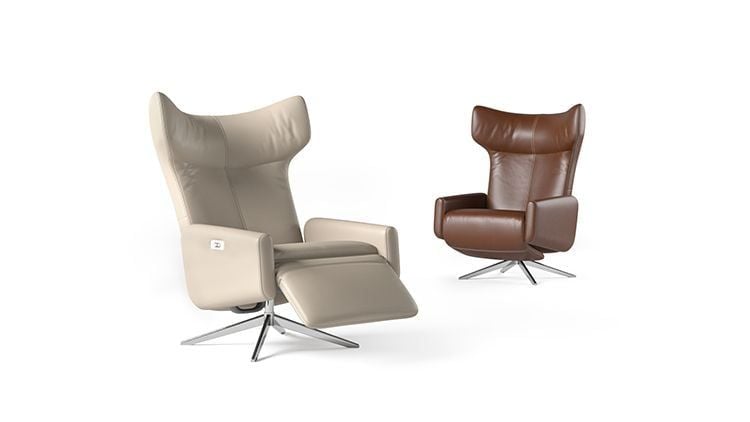
Let’s be honest, sometimes looking at lifestyle images, you can’t tell which product is the main one — your attention moves from one object to another. In turn, product photos with white background don’t distract the buyers’ attention with other items around, as well as bright and detailed backdrops.
A photo with a white background clearly highlights the focal point of the shot, as no other items can overshadow it. This feature makes product photography with white background simply ideal for online and offline catalogs and product pages — no distractions from the main item in the picture. That’s why these images are often the default visual standard for online listings.
1.2 White Product Background Images Exclude Color Effects of Surrounding Objects
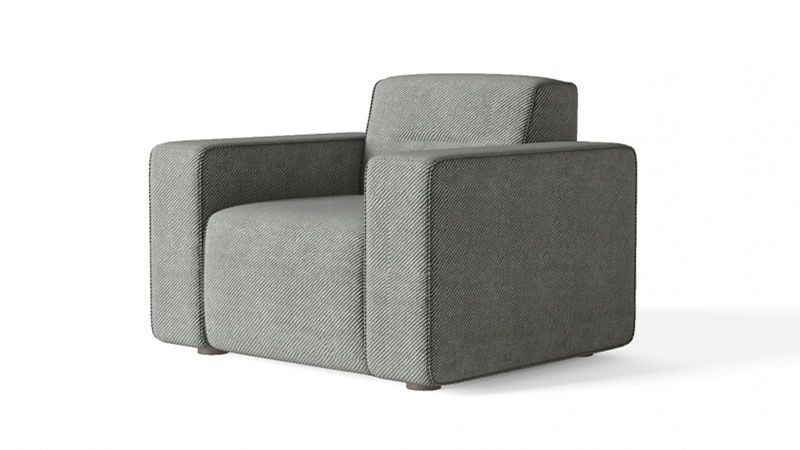
Online shoppers want to be sure about the color of the product before they purchase it. This is especially important for darker shades, which can appear different based on the surrounding lighting and nearby objects.
In lifestyles, bright items that stand close to the main product always visually affect it and may add unwanted undertones to its color. As for lighting, the same object looks different because of warm or cold light. Thus, a neutral lighting scheme and backdrop are essential for product photos.
With white background photography, any of these unwanted influences are excluded, so buyers can be sure that the delivered goods will look identical to the ones they saw in the listing. This visual honesty is key to reducing returns and increasing buyer satisfaction.
1.3 A White Background in Product Pictures Is Universal and Ensures Consistency
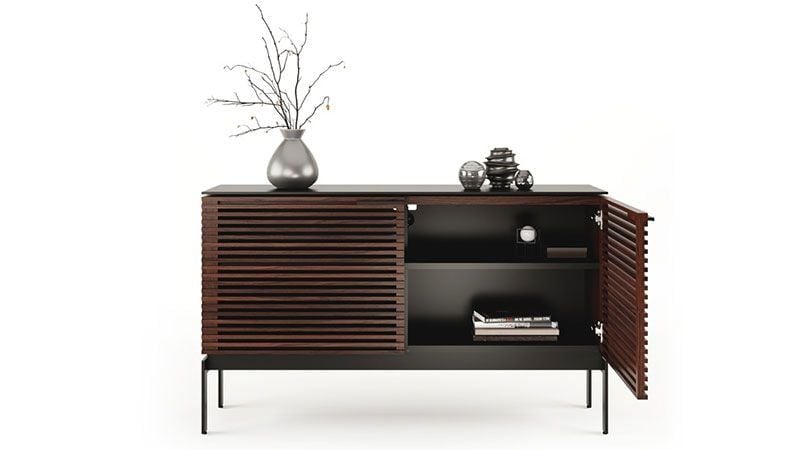
A white background is universal for product images and contributes to a uniform look for all goods. Thus, such a backdrop ensures consistency for all the pics in the collection and works well either on the seller’s website or on large shopping platforms.
Of course, when all product images are executed in a similar style, with the same lighting and angles, it represents the brand as a consistent seller, a serious player with longevity. Overall, with a blank background, you can’t go wrong — all your products will be displayed in the same style and won’t confuse buyers. Consistency builds brand identity, and brand identity builds trust.
1.4 White Background Images Speed Up the Launch of the Product
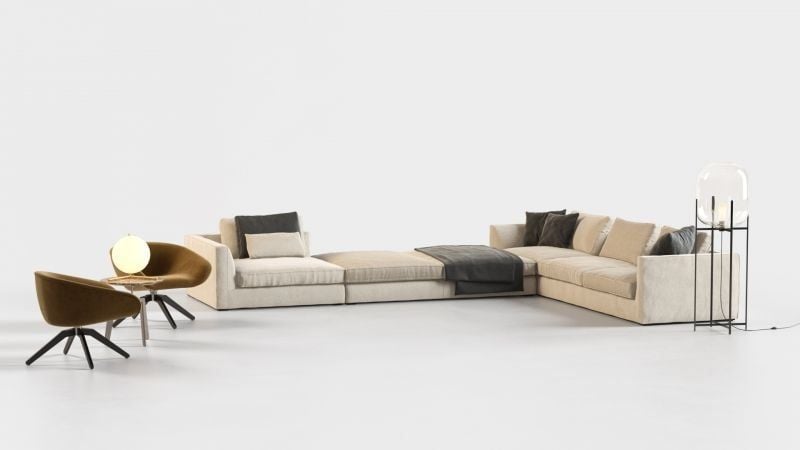
Having a white product background picture significantly speeds up the launch of goods. With such a photo, you don’t need to wait for lifestyle images or product animation – you can start your campaigns and sales by uploading them to your website and E-commerce platforms.
Also, to enhance your promo strategy, consider using a product picture on a blank backdrop for online advertising. These images are perfect for pop-up banners as they allow shoppers to clearly see how a product looks even on the small banner. Fast access to visuals means faster marketing and, ultimately, faster revenue.
1.5 Product Photos on a White Background Are Multipurpose
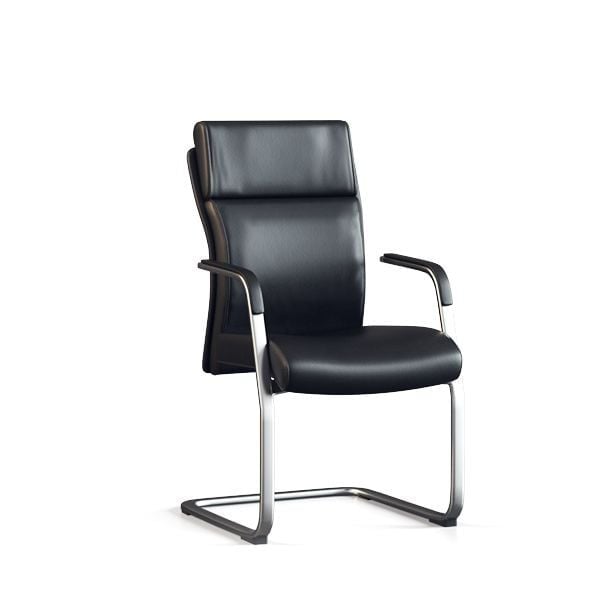
After you get your white background product photography, you can edit them as you like. For instance, CG specialists can change the background color, or cut the picture to paste into a collage. This way, you can get both — monocolor background product photos and nice lifestyles — out of one picture.
Also, CG artists can take 36 photos of a product on a white backdrop and combine them into an interactive 360 view model. Therefore, using those static images, CG specialists provide you with a cutting-edge visual tool that is both entertaining and effective for sales.
As a result, photos on a white background can be edited and used for literally any purpose — in online and offline catalogs, SMM, Internet banners and outdoor billboards, a 360 view of a product, or even for the brand’s merchandise items. This flexibility helps maximize the value of each asset you invest in.
1.6 White Product Background Imagery Shows Off the Design and Details

Lifestyle shots tell a story, while white background images let the product speak for itself. Clean backdrops allow for crisp lighting and sharp focus, which means every edge, texture, and design element is captured in high fidelity. This is especially useful for goods where materials or subtle design features matter. When a busy background does not steal attention, customers can zoom in and appreciate the fine details. This makes it easier to fall in love with the product on the spot.
1.7 Product Photography with a White Background Speaks the Language of E-Commerce Algorithms
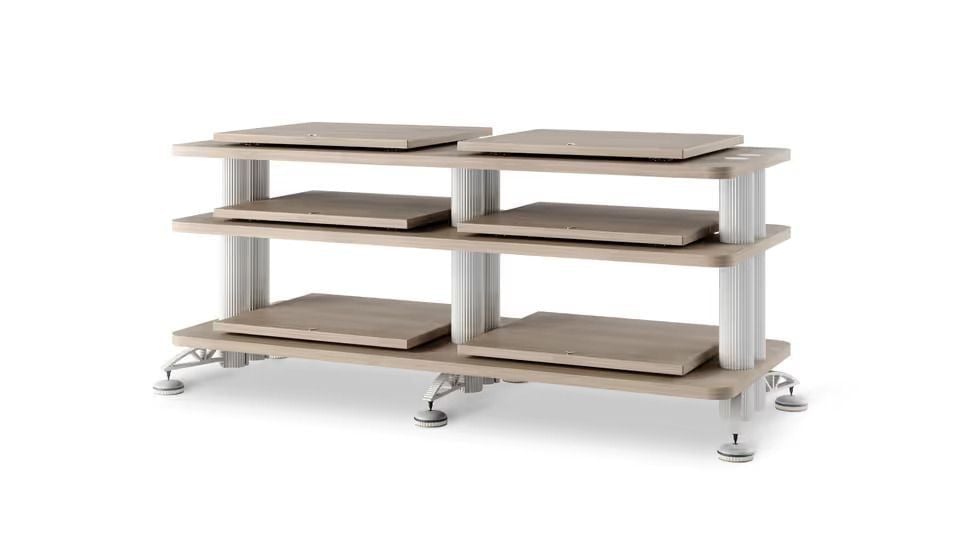
It’s not just human eyes that love white background images. Algorithms do, too. Online marketplaces like Amazon, eBay, and Google Shopping favor images with clean, white backdrops. Why so? Because they’re easier to process, display, and standardize. These visuals fit perfectly into product feeds, thumbnails, and sponsored ads. They help you maintain platform compliance and boost visibility. In short, product photos white background not only look better — they perform better, too.
1.8 Pictures with a White Background Give Your Brand a Polished, Professional Look
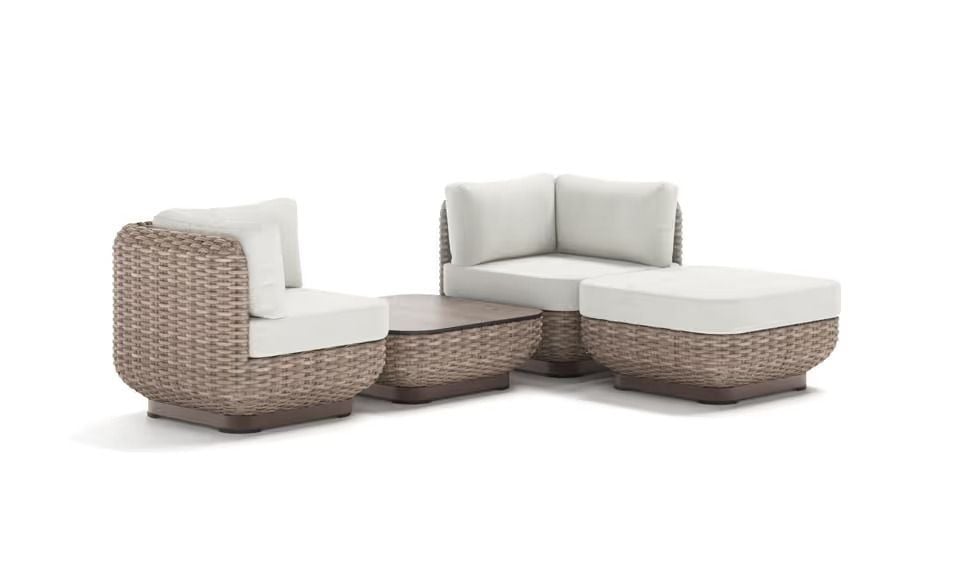
If your product catalog looks like it was pieced together from different decades and lighting setups, customers may hesitate. But a uniform set of white background images instantly makes your brand look cohesive, modern, and well-organized — even if you’re just starting out. It sends the message that you care about details and deliver a reliable shopping experience.
1.9 White Background Imagery Is a Blank Canvas for Future Content
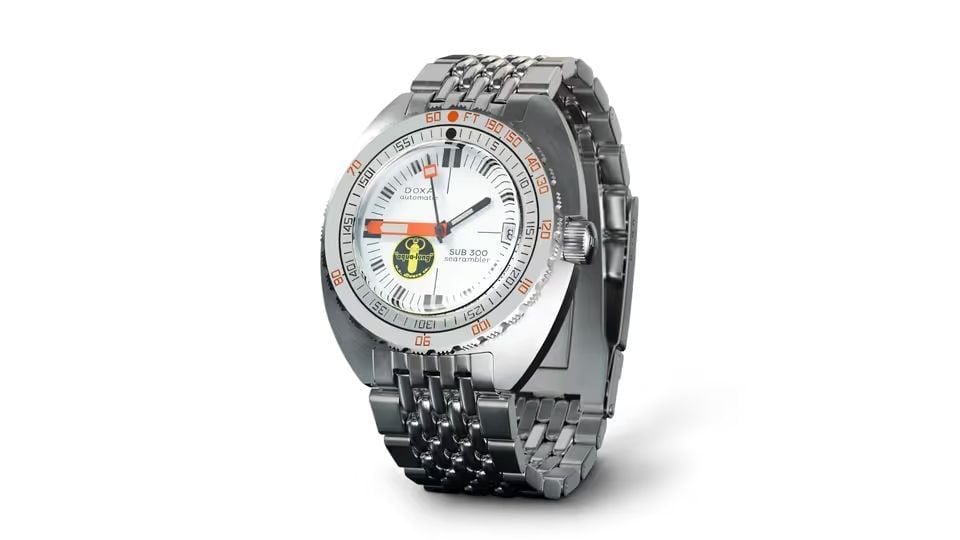
Don’t underestimate the creative potential of a white background for product photography. These images are incredibly versatile and can serve as raw material for other visuals down the line. Want to create a social media ad? Build a lifestyle collage? Add seasonal decorations or custom branding? With a clean, high-res white background photo or 3D rendering, you can do it all without ever reshooting. It’s not just an image — it’s a foundation for your entire content strategy.
1.10 Product Photos with White Background Load Fast and Look Great Everywhere
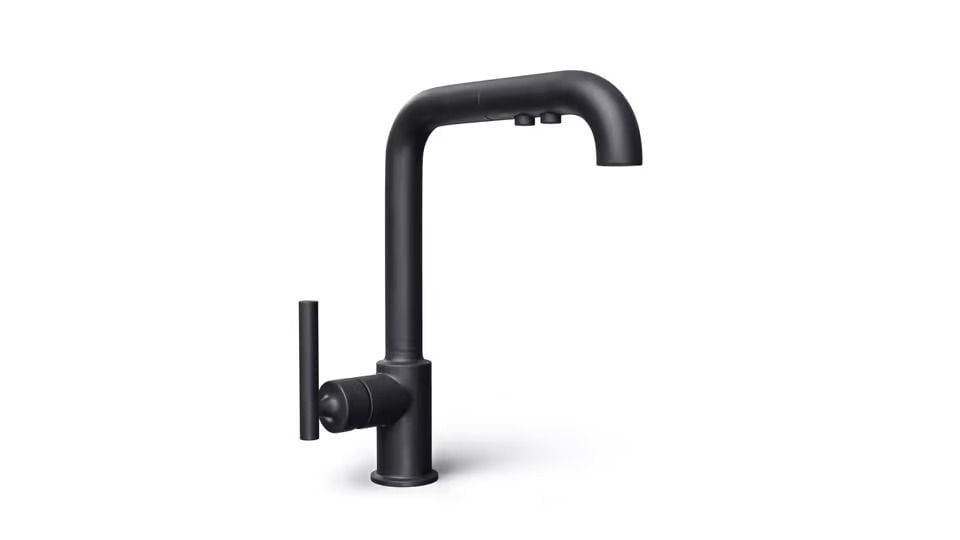
Another reason white background photography works so well is technical: it’s lightweight. Images with minimal background elements load faster across devices and look sharp even in low-resolution previews. Whether it’s a phone screen, a laptop, or a billboard, these visuals hold up beautifully and maintain their clarity. That kind of reliability can make or break a shopper’s experience — especially in mobile-first markets.
2. Best Practices for White Background Photography
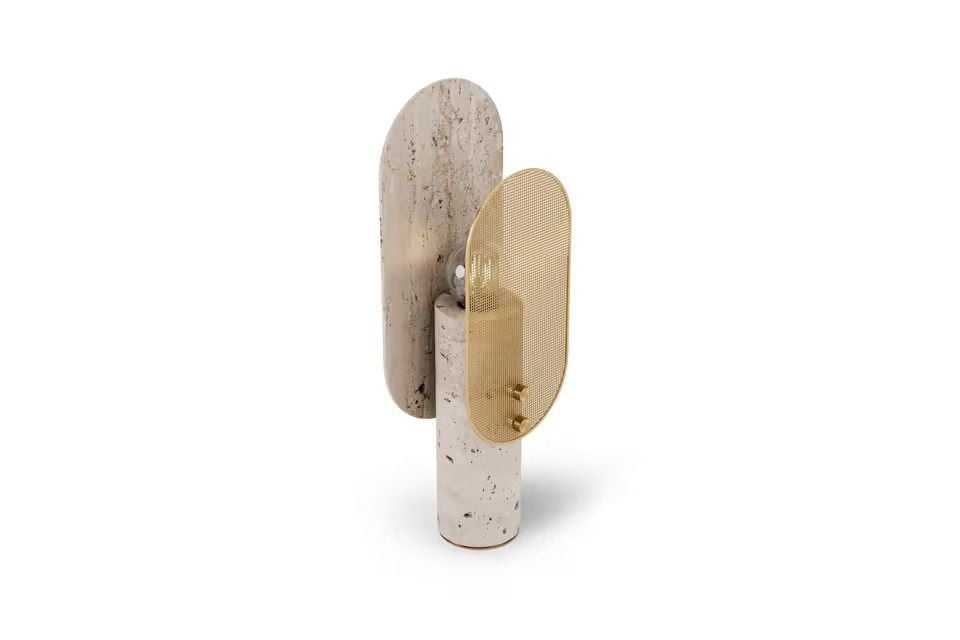
Creating high-quality white background product images isn’t just about placing an item in front of something white and snapping a picture. It takes careful attention to lighting, setup, angles, and technical details to get clean, professional-looking visuals. Whether you're working with photography or CGI, following a few key best practices will ensure every image hits the mark — and meets platform standards.
2.1 Optimize Your Lighting Setup

Use soft, even lighting to eliminate harsh shadows, maintain true-to-life colors, and ensure consistency across all your product photos with white background. Proper lighting also prevents unwanted color distortions.
2.2 Select a Clean, Seamless Background
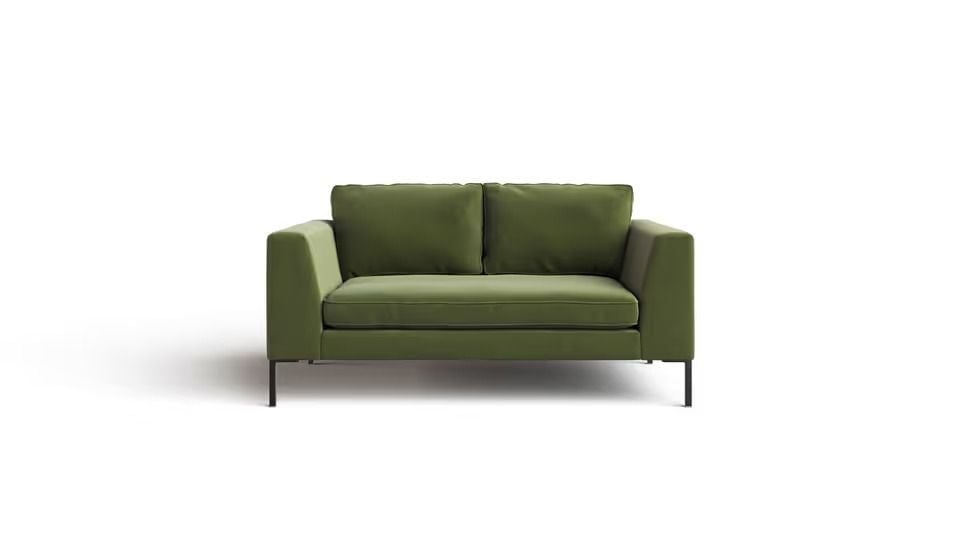
Choose a pure white backdrop (RGB 255, 255, 255) or opt for CGI white background product photography to ensure an impeccably clean and seamless background without shadows or texture inconsistencies.
2.3 Fine-Tune Your Camera Settings
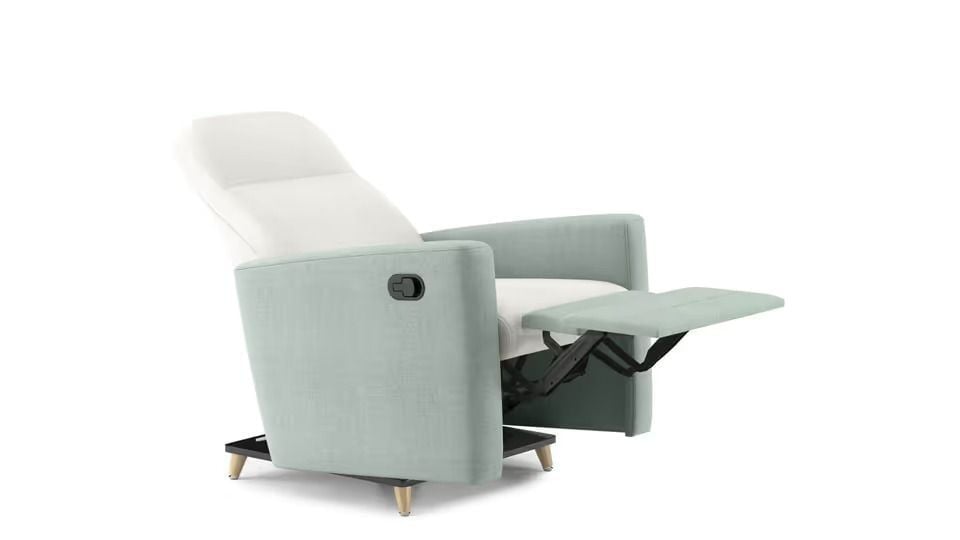
Adjust exposure, ISO, and white balance to capture products accurately. If camera settings become challenging, CGI solutions provide ideal results without extensive manual adjustments.
2.4 Position the Product for Maximum Impact
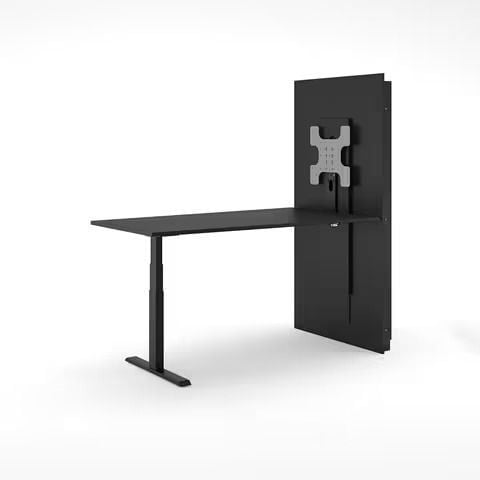
Maintain consistent angles, scale, and positioning to enhance visual clarity. Proper positioning ensures your product photography on white background images looks cohesive and professional across your entire catalog.
3. Meet Image Requirements for E-commerce Platforms
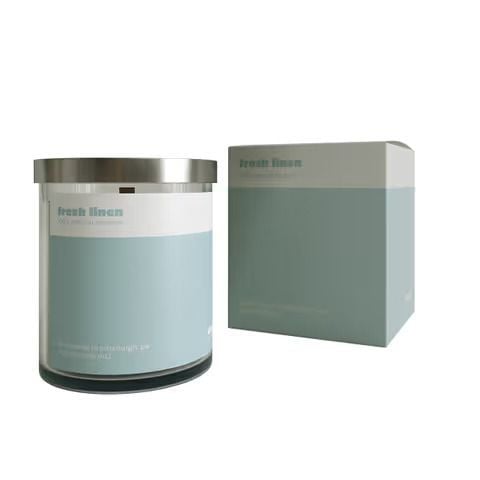
Adhere to specific guidelines from major platforms:
- For Amazon, the image must have a 100% pure white background (RGB 255, 255, 255) and should fill at least 85% of the frame.
- eBay requires a clean, uncluttered background — preferably white or light gray.
- Shopify & Etsy recommend using a clean white background for products with minimal distractions.
CGI techniques can help easily meet these requirements, eliminating the need for costly reshoots. With CGI white product background images, it’s easy to tailor visuals to meet these standards — or tweak them slightly for different platforms without needing reshoots or physical samples.
Conclusion
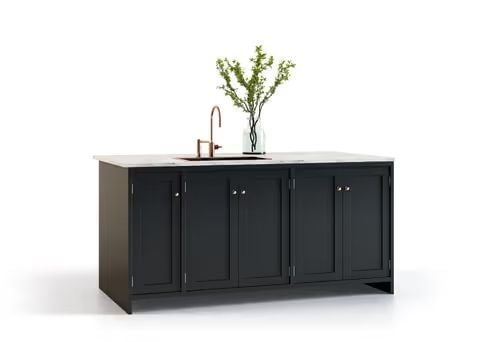
Product photography white background may look simple, but don’t let the minimalism fool you — it’s a powerhouse in e-commerce marketing. They grab attention, highlight details, reduce color distortion, and keep your catalog sharp and consistent. And with CGI, you get all these benefits faster, cheaper, and with more flexibility than traditional photography.
White product background pictures are necessary for e-commerce because it’s the simplest and most effective way to draw the buyer’s attention to the goods. Since there are no other When there are objects around the main item, the environment does not affect the perception of the product. As a result, shoppers can confidently select the best options available for sale.
On top of that, a white background pic is a source of many visuals including lifestyle collages and 360 views. Of course, having all these options at hand will empower your product promo on any marketing channel even more.
Need effective product photos for E-commerce promotion? With our custom 3d modeling services at hand, you will have plenty of photorealistic visuals that work perfectly for any platform!
